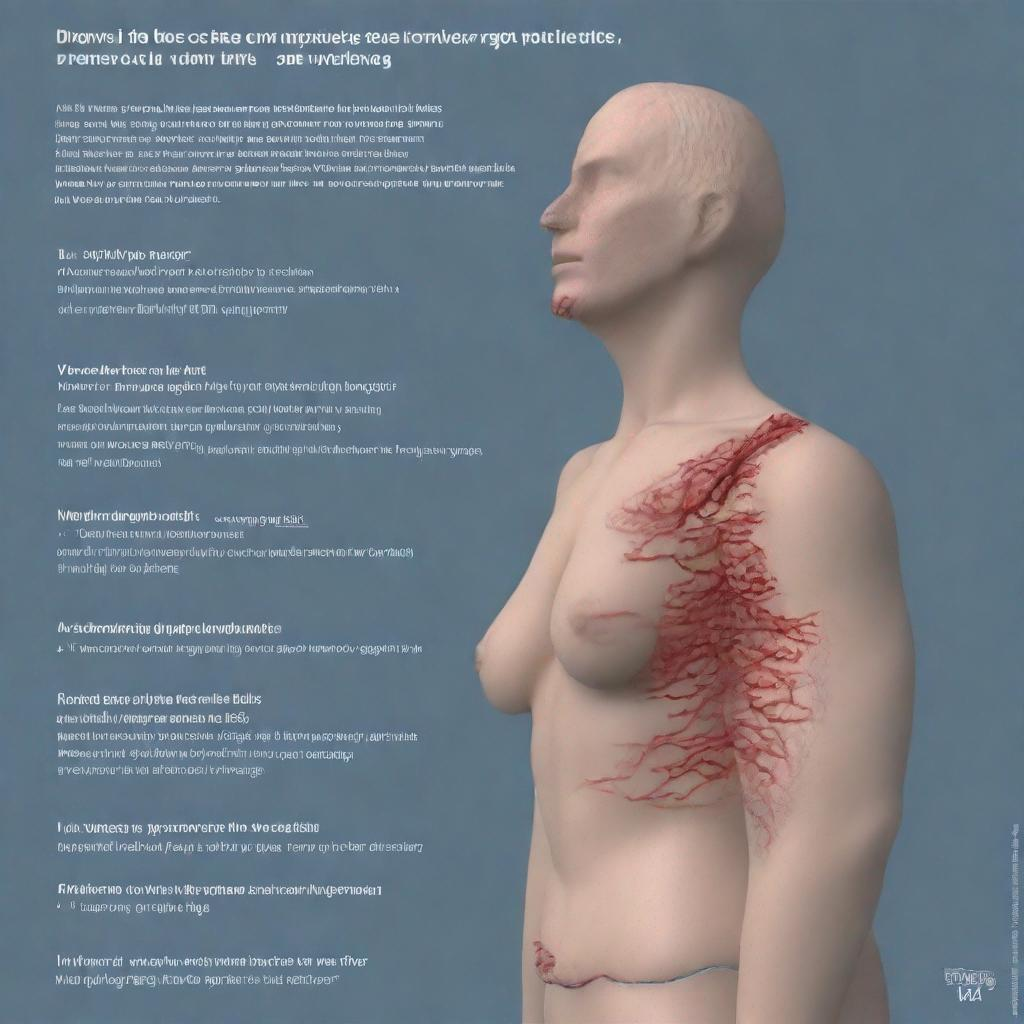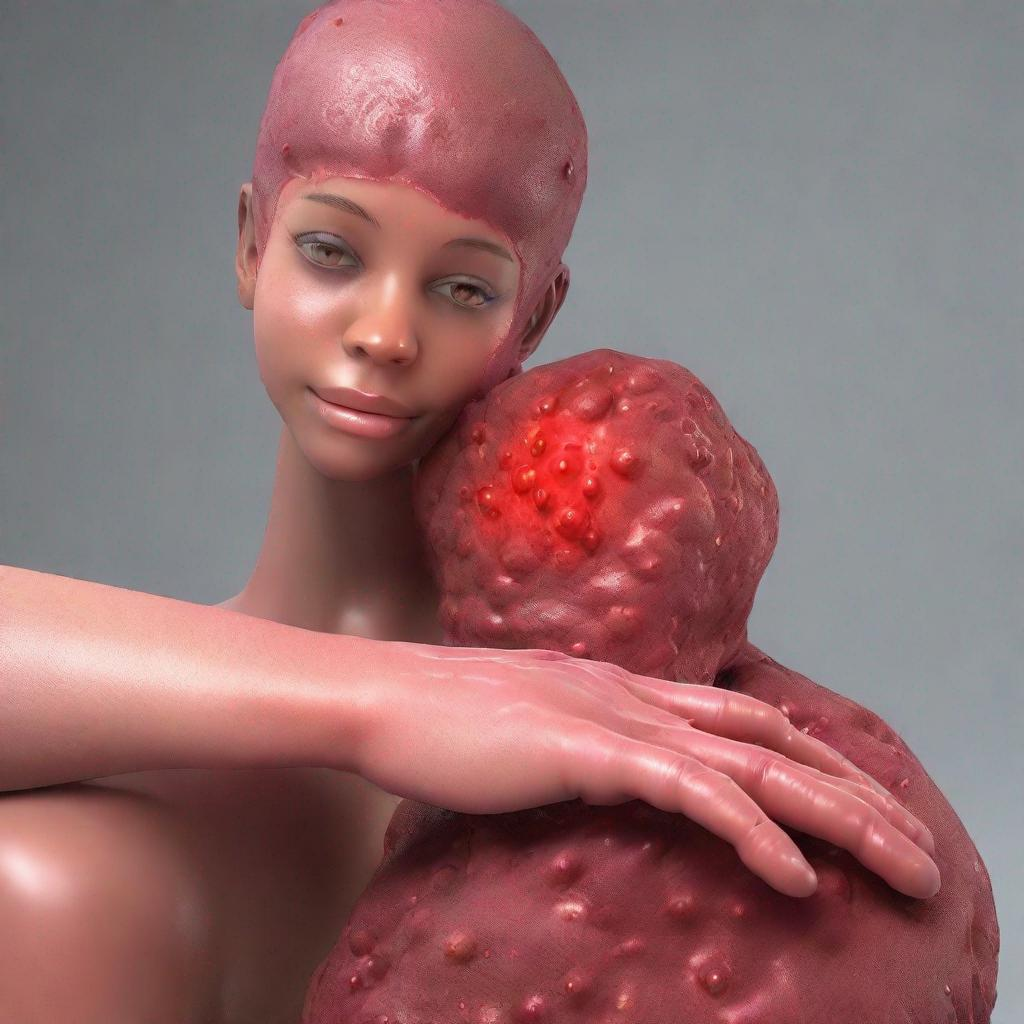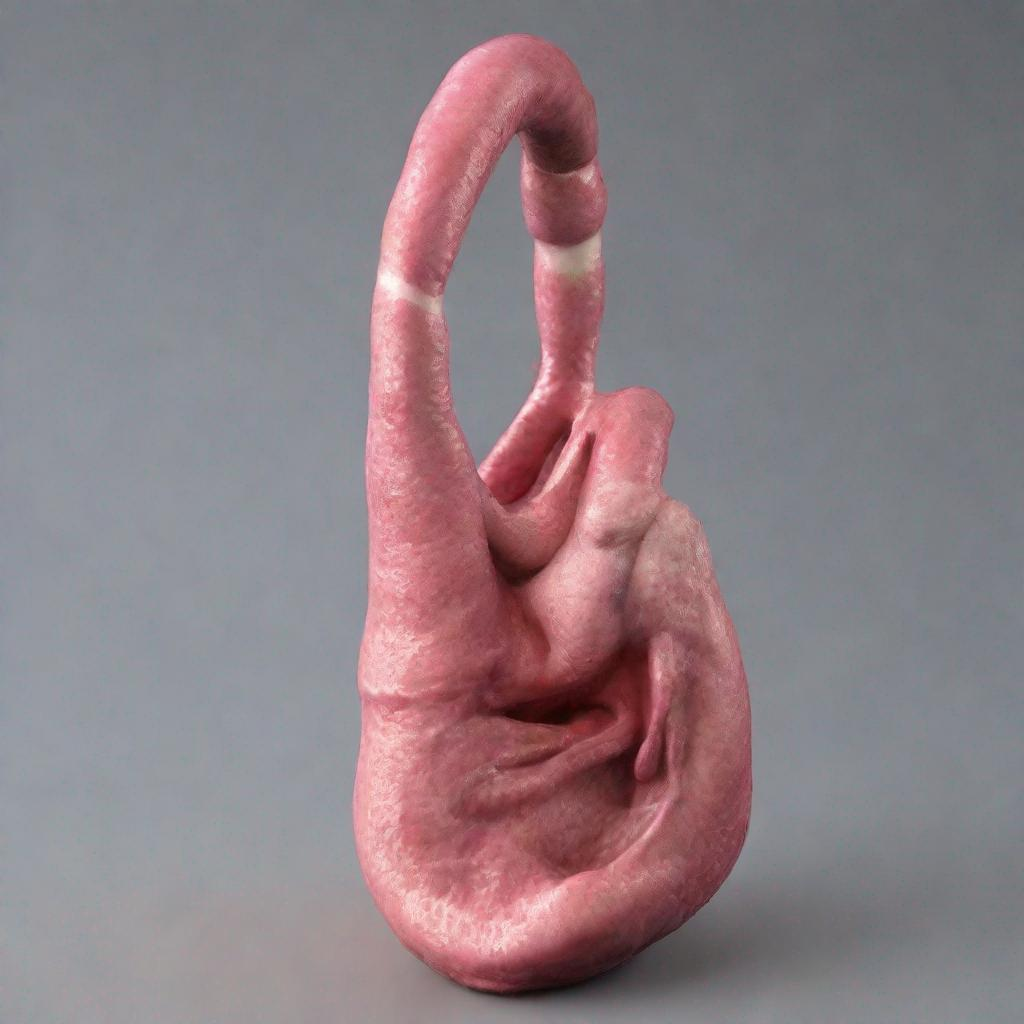## ALLERGY 9: A Comprehensive Guide for Patients
### Introduction
**Test Name Synonyms:** ALLERGY 9, 9-Allergen Panel, Comprehensive Allergy Panel
Allergies affect millions of people worldwide, causing a range of symptoms from mild discomfort to life-threatening conditions. The ALLERGY 9 test is a comprehensive blood test that can help diagnose and manage allergies.
### Test Overview
The ALLERGY 9 test measures the levels of specific antibodies in the blood called immunoglobulin E (IgE). IgE antibodies are produced by the immune system in response to allergens, which are substances that trigger allergic reactions.
The test includes nine common allergens:
* Birch tree pollen
* Ragweed pollen
* Grass pollen
* Dust mite
* Cat dander
* Dog dander
* Peanut
* Milk
* Egg
By measuring the levels of IgE antibodies for these allergens, the ALLERGY 9 test can help determine which allergens are causing a person’s symptoms.
### Conditions and Diseases Detected
The ALLERGY 9 test can help diagnose a wide range of conditions and diseases, including:
* **Seasonal and perennial allergies**: Allergies to pollens, dust mites, and pet dander can cause symptoms such as sneezing, runny nose, itchy eyes, and watery eyes.
* **Allergic rhinitis**: Inflammation of the nasal passages caused by allergies.
* **Asthma**: A chronic respiratory disease characterized by wheezing, shortness of breath, and chest tightness.
* **Food allergies**: Reactions to certain foods, such as peanuts, milk, and eggs, can cause symptoms such as hives, rash, swelling, and anaphylaxis.
* **Drug allergies**: Reactions to medications, such as penicillin and aspirin, can cause symptoms such as rash, hives, and difficulty breathing.
* **Insect sting allergies**: Reactions to stings from bees, wasps, and hornets can cause symptoms such as swelling, pain, and difficulty breathing.
### Preparation Guidelines
Before the ALLERGY 9 test, patients should:
* Avoid antihistamines for at least seven days before the test, as they can interfere with the results.
* Inform the doctor about any medications they are taking, as some medications can affect the test results.
* Fast for eight hours before the test, as some foods can interfere with the results.
### Procedure
The ALLERGY 9 test is a simple blood test. A healthcare professional will draw a small amount of blood from a vein in the arm. The blood will be sent to a laboratory for analysis.
The test is generally safe and painless. Some patients may experience minor discomfort, such as a prick or bruise at the injection site.
### Duration and Waiting Time
The ALLERGY 9 test usually takes about 15 minutes to complete. The results are typically available within a few days.
### Additional Tests
In addition to the ALLERGY 9 test, other tests that can help diagnose allergies include:
* **Skin prick test**: A test that involves pricking the skin with small amounts of allergens and observing the reaction.
* **Patch test**: A test that involves applying small patches of allergens to the skin and observing the reaction over a period of days.
* **Food challenge test**: A test that involves eating small amounts of a suspected allergen and monitoring the reaction.
### Conclusion
The ALLERGY 9 test is a valuable tool for diagnosing and managing allergies. By identifying the specific allergens that are causing a person’s symptoms, the test can help patients develop an effective treatment plan.
If you are experiencing allergy symptoms, talk to your healthcare provider about whether the ALLERGY 9 test is right for you. Early diagnosis and treatment can help prevent serious complications and improve your quality of life.




